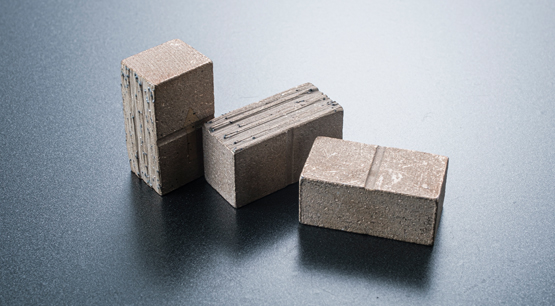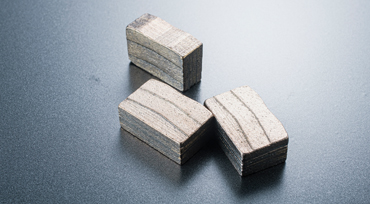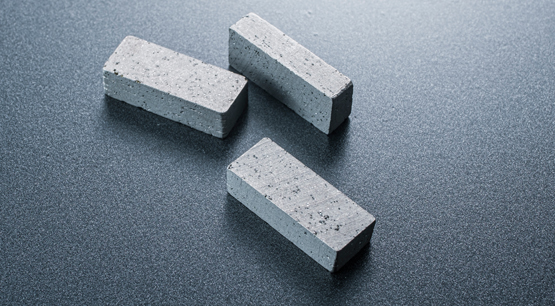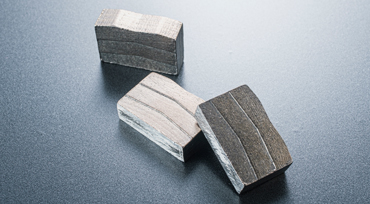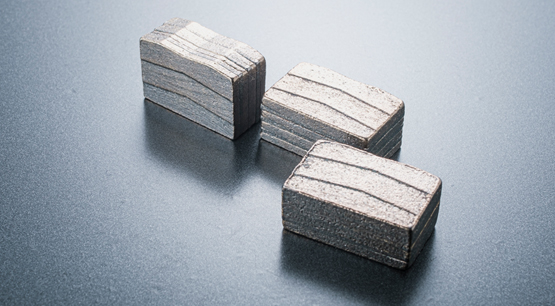In the production process of the tool head, the mold removal is a very important process, although the mold removal may seem to be relatively simple and easy to operate compared to other processes. However, in the actual application process, due to the sintering pressure of the diamond diamond segment in the sintering process, the sintering temperature and sintering time, the formula ratio of the metal powder, the structure of the product, etc. will affect the adhesion of the diamond segment to the graphite abrasive, that is, whether it is easy to disassemble in the later process of disassembly. So if you encounter a difficult to remove diamond segment, the process of disassembling the mold is not simple, so what is the reason why the diamond diamond segment will stick to the graphite abrasive?
Iron-based diamond segment will be more difficult to remove than copper-based diamond segment, mainly because iron has a strong carbon affinity, in the process of sintering, iron and graphite quickly form carbon iron compounds, in a poor wetting environment, iron-based diamond segment will appear a large area of bonding, especially in the case of sintering temperature and pressure is high, when the diamond segment density is too high, the diamond segment is very normal to have difficulty disassembling the mold.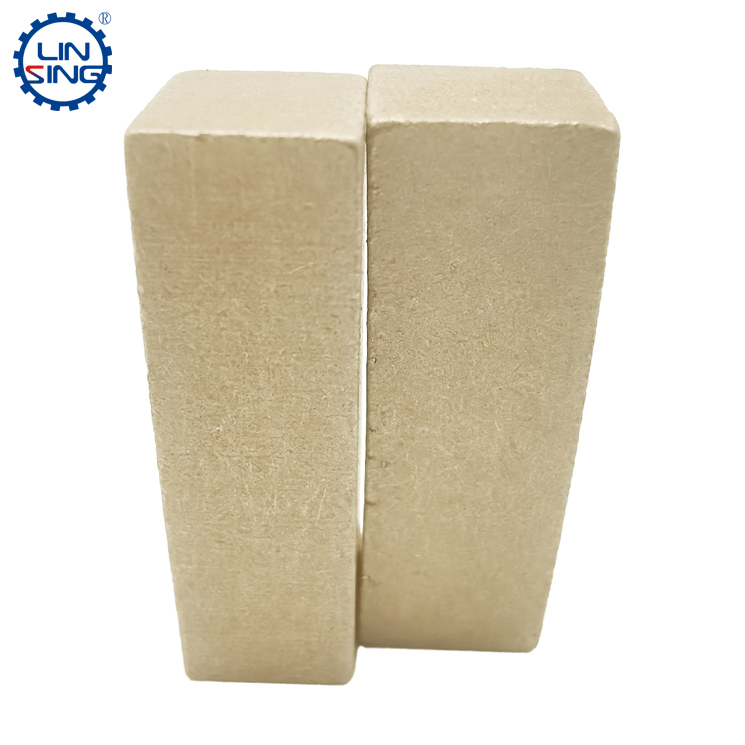
Cobalt-based diamond segment is easier to remove the mold than copper-based diamond segment, mainly because the cobalt powder is relatively loose, and then in the cold pressing process, often the volume of the cold pressed sheet is larger, in the process of sintering, because the sheet is larger, so the size of the customized mold is larger, in the sintering process, the size of the cobalt-based diamond segment shrinks violently, and after the diamond segment is cooled, the cobalt-based diamond segment is naturally very easy to disassemble the mold.
So in general, iron-based diamond segments are more difficult to dismantle, followed by copper-based blades, and cobalt-based blades are the most difficult, so what is the cause?
1: The content of the carbon-friendly element of the diamond segment determines the difficulty of the diamond segment to disassemble the mold, the carbon element is close to the iron element, and the two elements are easy to penetrate each other, which directly affects the adhesion with the graphite abrasive.
2: The reasonable formulation of the diamond segment directly affects the disassembly of the diamond segment. In the process of sintering, if there is a problem with the formulation ratio of various elements, such as too many adhesion metal materials, more skeleton materials, and unreasonable metal synthetic materials, there will be a situation where the diamond segment is not easy to disassemble the mold.
3: The thickness of the iron sheet is too large, this reason often appears in the sandwich diamond segment, the iron sheet of the sandwich diamond segment is too large, which directly leads to the sintering process of the diamond segment, and the structure and volume of the diamond segment cannot be well compressed, and when the mold is disassembled, it is naturally difficult to disassemble the mold due to the high density of the working layer of the tool head.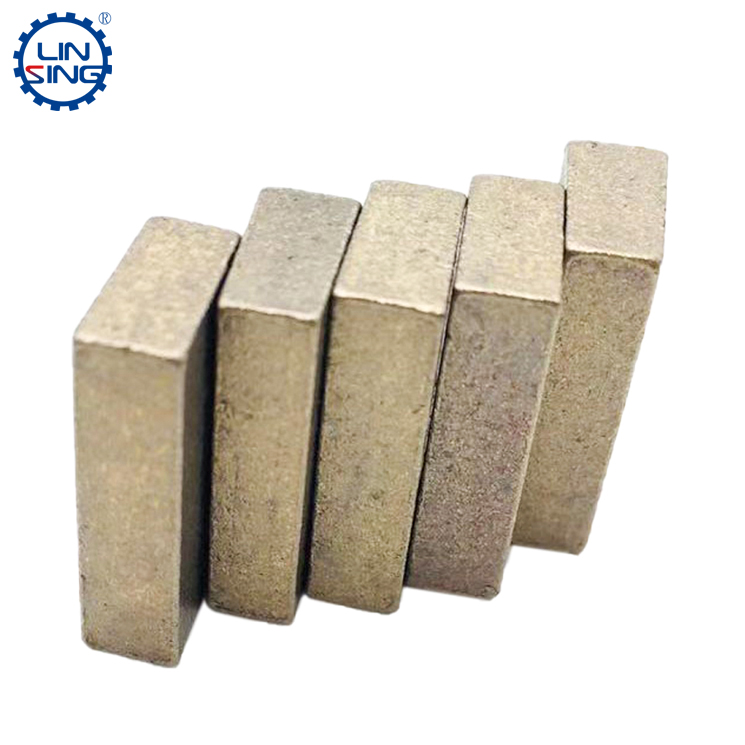
4: The process of dismantling the mold of the diamond segment is to use the principle of thermal expansion and cold contraction to complete the cutting, sometimes, in order to save time, many of the diamond segments have not yet cooled completely to disassemble the mold, and there will also be difficulties in disassembling the mold.
In general: most of the cases of diamond bit sticking graphite abrasives are caused by too many elements of the binder, and some components can be reduced appropriately, or the formula can be changed to solve the problem.




